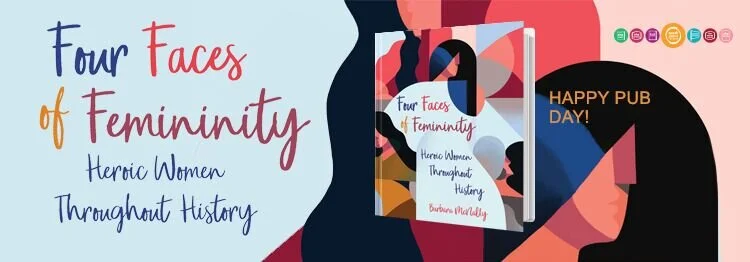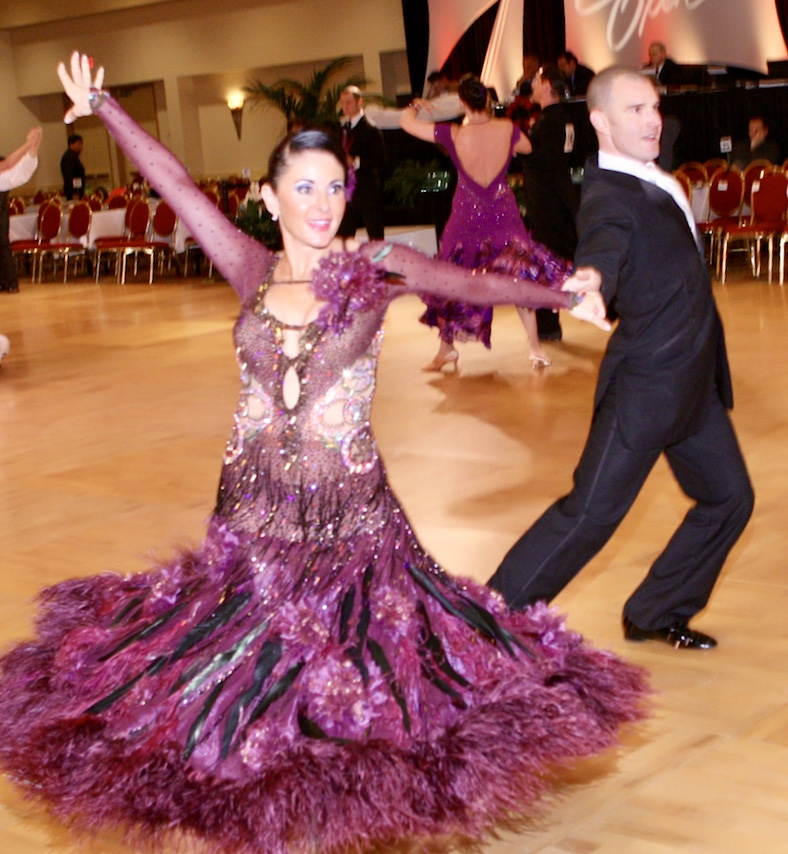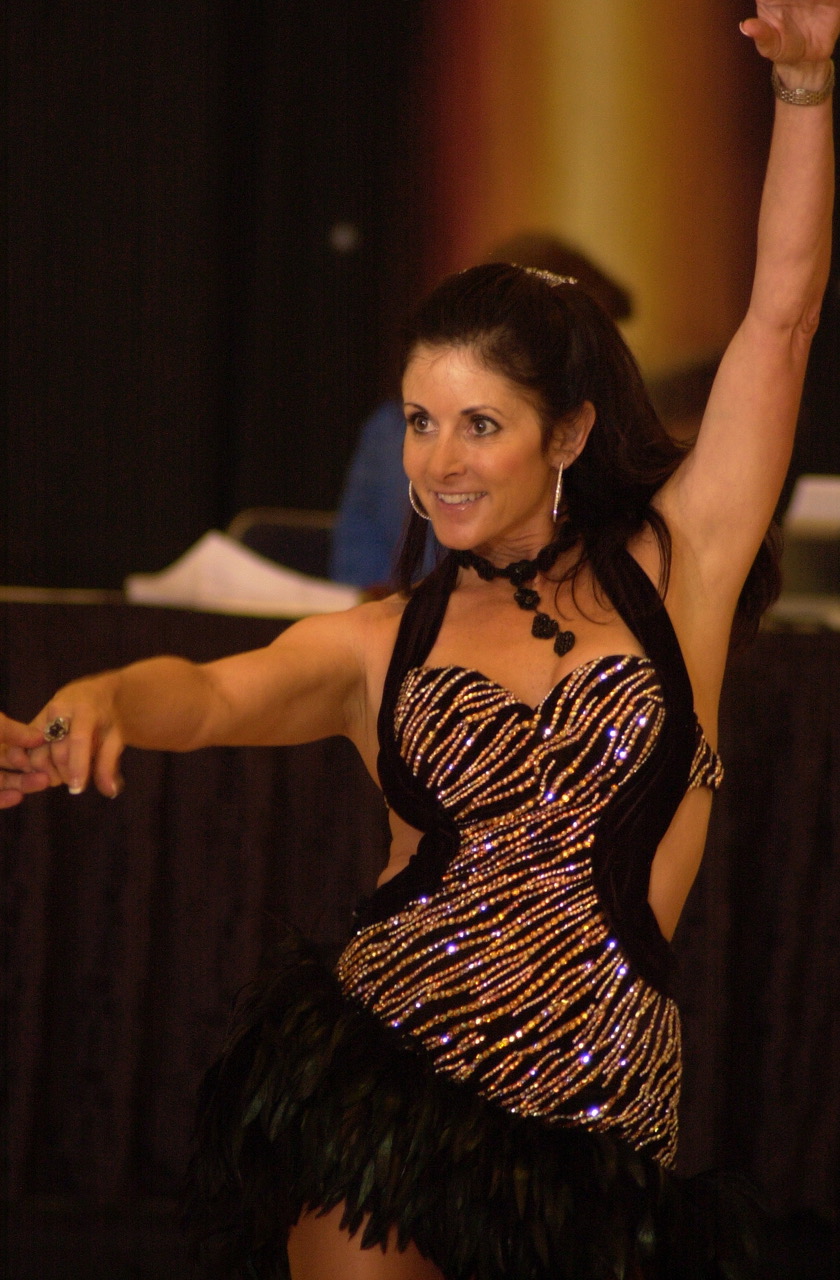“As much as I loathe this aging thing, I'm beginning to recognize that I am now a healthier person in terms of self-worth and knowing who I am and where I fit in the world. That's been a good trade-off for the wrinkles.”
~ Patty Duke
It’s astonishing how strong is our instinct to pick a favorite archetype and ignore the rest. Especially since we associate Lover, Mother, and Sage in particular with specific ages and phases of life. Somehow the Warrior transcends, since most of us know we can fight ferociously for our beliefs at any age. But how can a woman who is only 17 relate to the Mother? How can a woman in her eighties connect with the Lover? How can a woman who just celebrated her 37th birthday call herself a Sage?
Here’s a gentle reminder that all four archetypes are present in ALL of us at all times. One may dominate for a while, but the others are still there, waiting to be called forth. And the key to a fulfilled, rich, rewarding life is to find ways to integrate all four into your core identity.
Lover and Sage: Vitality Versus Wisdom
You’ll see as you make your way through this book that these essential aspects should not always be interpreted literally. Yes, the Lover embodies physical attraction, lust, and sensuality … but that’s not all. She is also boldness, joy, and passion in any form, including artistic, intellectual, and scientific. The Sage represents wisdom, experience, and hard-won knowledge … but that’s not all. She is also intuition, savvy, and intelligence in any form, including emotional, mathematical, and cultural.
Yet these two can war within us. When we are young, we fight the idea that we have an old, wise person within us. And when we are old, we often feel embarrassed when our sensual urges begin to surface, as if the youthful aspects of our true selves have died off.
But the Lover and the Sage are actually perfect partners. Age is relative and flexible. How old we are is more solidly connected to how we’ve lived our lives than it is tethered to how many birthdays we’ve racked up. And when we work to integrate the Lover and the Sage, we embrace this spectrum with open arms.
When we are young and feel directly and naturally connected to the Lover, we can invite the Sage to express herself through us. Acknowledge that we are, in fact, aging and that the process is a natural, valuable, beautiful one. As we grow and learn, we distill and refine our personalities. We become more solid in ourselves, more uniquely individual. Tempting as it is to cling to youth, aging is a gift, an experience that enables us to become more interesting, multi-faceted, whole people. We are not wearing our bodies out, we are learning to stand tall in our true selves.
When we are old and feel directly and naturally connected to the Sage, we can invite the Lover to express herself through us. We can do our best to allow youthful hope, enthusiasm, and excitement into our lives, and resist the urge to default to cynicism or weariness. We can express our sexuality freely and in ways that energize us, shunning the idea that passion has an expiration date. Our bodies may feel old, but our souls are still young. We now have the life experience and wisdom to know when it makes sense to stick to tradition and formality, but we don’t quash urges to rebel or express our views. When those urges rise up, we accept and respect them. When life issues an invitation to be bold and loud and lustful, we accept it gladly. We are not failing to “act our age,” we are honoring the vibrant, vital aspects of our holistic selves.
Think of Queen Cleopatra; She is, undeniably, a venerable Warrior first and foremost. She overthrew all other claimants to the Egyptian throne, and did so in a time when it was quite common for siblings to marry and share power. But she was a legendary Lover as well, and knew how to leverage her innate sensuality to get exactly what she wanted. One of her most famous exploits involves her shrewd courting of Julius Caesar; Apparently, she wrapped herself in a rug and paid servants to smuggle her into Caesar’s sleeping quarters. There, she pled her case to him, convincing him to support her in the raging Egyptian civil war. And while she did this through outright seduction, can you see how the Sage was present, too? Cleopatra was wise enough to know that demanding an audience with Caesar wouldn’t be as effective as insinuating herself into his presence. She had experienced enough of life to understand that asserting herself as his equal would backfire and that, as a woman, she had a better shot at getting what she needed by playing up her feminine wiles. When you add in her Mothering desire to protect her mother country at any cost, Egypt, it’s safe to say that Cleopatra lived out all four archetypes in integrated harmony.
Mother and Sage: Compassion Meets Experience
It’s so easy to take the Mother literally; to consign her to bearing and rearing children and nothing else. And, of course, these activities are some of the most rewarding and fulfilling that we women can experience! But the Mother can use her caretaker energies to show love for friends, students, family members, even strangers. The Mother represents the nurturing, healing, empathetic side of a woman, and that side has many facets and many expressions.
Mother and Sage may seem like a more natural partnership than Lover and Sage, and there are some organic compatibilities there, to be sure. Both Mother and Sage tend to radiate serenity, gentle authority, and sympathy. But while the Mother is often selfless and focused on protecting the weak and vulnerable, the Sage may turn her energies inward. Exploring spirituality and accumulating wisdom—both Sage activities—are often done solo, and involve highly individual soul-searching. There’s also an age-based hang-up here; Mothers are generally younger women, and fertile. Sages are older and beyond their childbearing years. It can be challenging to find a place where those two stages of life overlap.
So how do we integrate these two successfully?
When we feel ourselves retreating into solitary, Sage-like contemplation, we call on the Mother to remind us that nothing great was ever kept secret. We transform studying alone or praying in silence into sharing, questioning, and exploring. And then we use what we’ve learned to help, support, and enlighten others.
When we feel ourselves giving to others in a Mother-like way until we’re overextended and depleted, we call on the Sage to help us create healthy boundaries. We remember that to honor ourselves, we must care for ourselves, and that means knowing when to say no, back off, and guard our energy. And then we recharge in our own time, making a wise, considered plan to avoid overextension in the future.
And when we feel weathered and worn and decidedly infertile, we remember that fertility can manifest in many ways. We may have a fertile imagination, a fertile social life, or a fertile mind as we enter our Sage phase.
And when we feel filled with the vibrant robustness of vital adulthood, we remember that moving toward old age means accumulating experience, insight, and wisdom. And that process is a tremendous blessing.
Biologist and conservationist Rachel Carson was a compassionate Mother, through and through. She was one of the first people to recognize that human activities were injuring and decimating the natural world, and she fought to protect the Earth. Her book Silent Spring is considered to be the spark that ignited the environmentalist movement of the 1960s, and without her fierce desire to nurture and care for our planet, this work might never have been published.
But Carson’s strong secondary archetype is the Sage. She was a trained and dedicated scientist who both valued research and sought to translate hard data into actionable recommendations. She was thoughtful and contemplative, and it was her intuition that led her to investigate the effects that the pesticide DDT was having on American wildlife. The Sage guided her to distill facts into wisdom, and the Mother fueled her instinct to protect our shared environment.
Rachel Carson never married, but tapped the Lover through her passionate dedication to her work and the creativity she employed in her eloquent writings. Silent Spring eventually led to the creation of the Environmental Protection Agency, but when it was released in 1962, Carson was brutally attacked in the press by chemical companies that wanted her work discredited. Calling on her inner Warrior, she fought back against these false claims and prevailed. Another great example of a woman who identifies strongly with two archetypes, but embodies them all!






